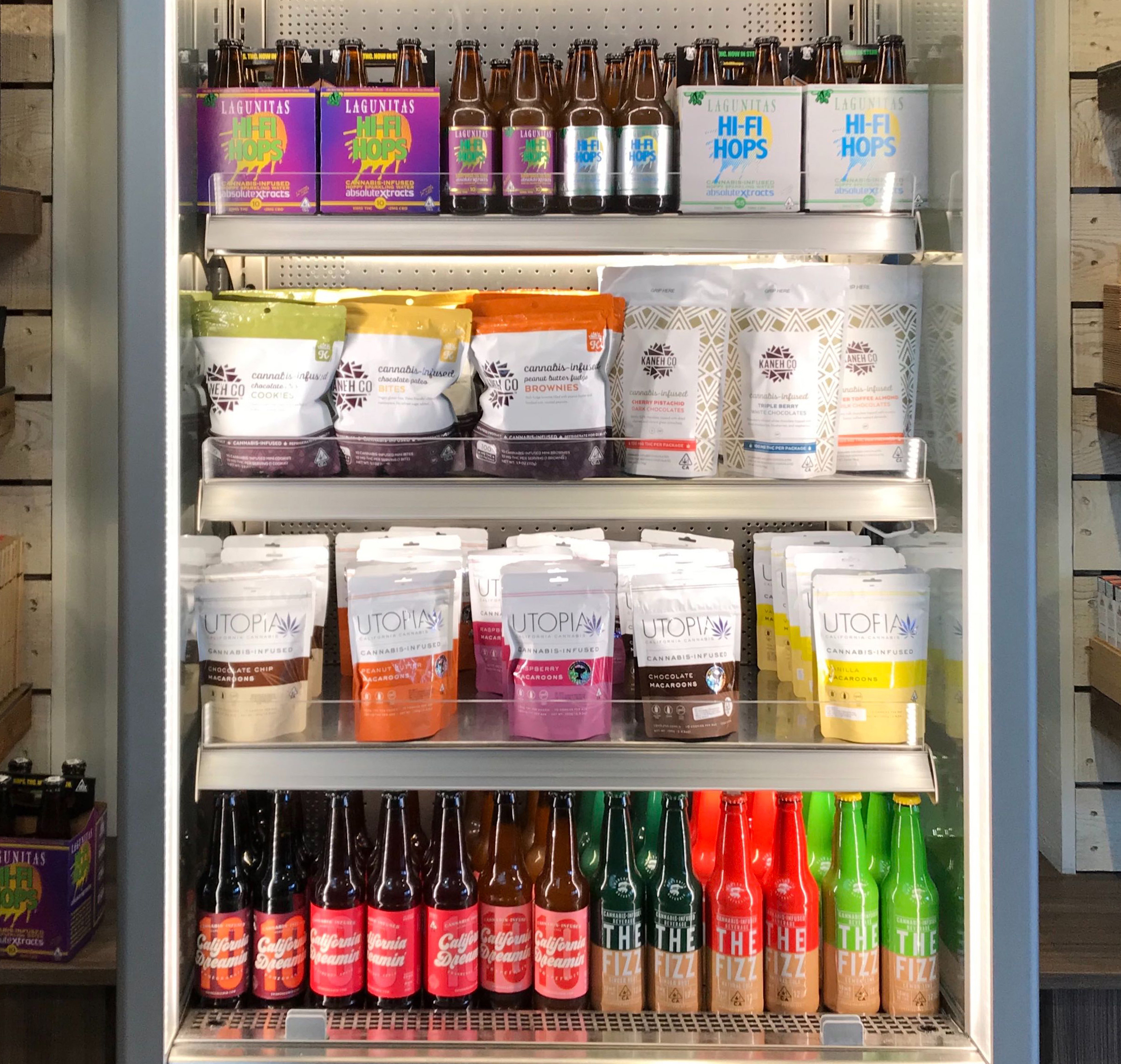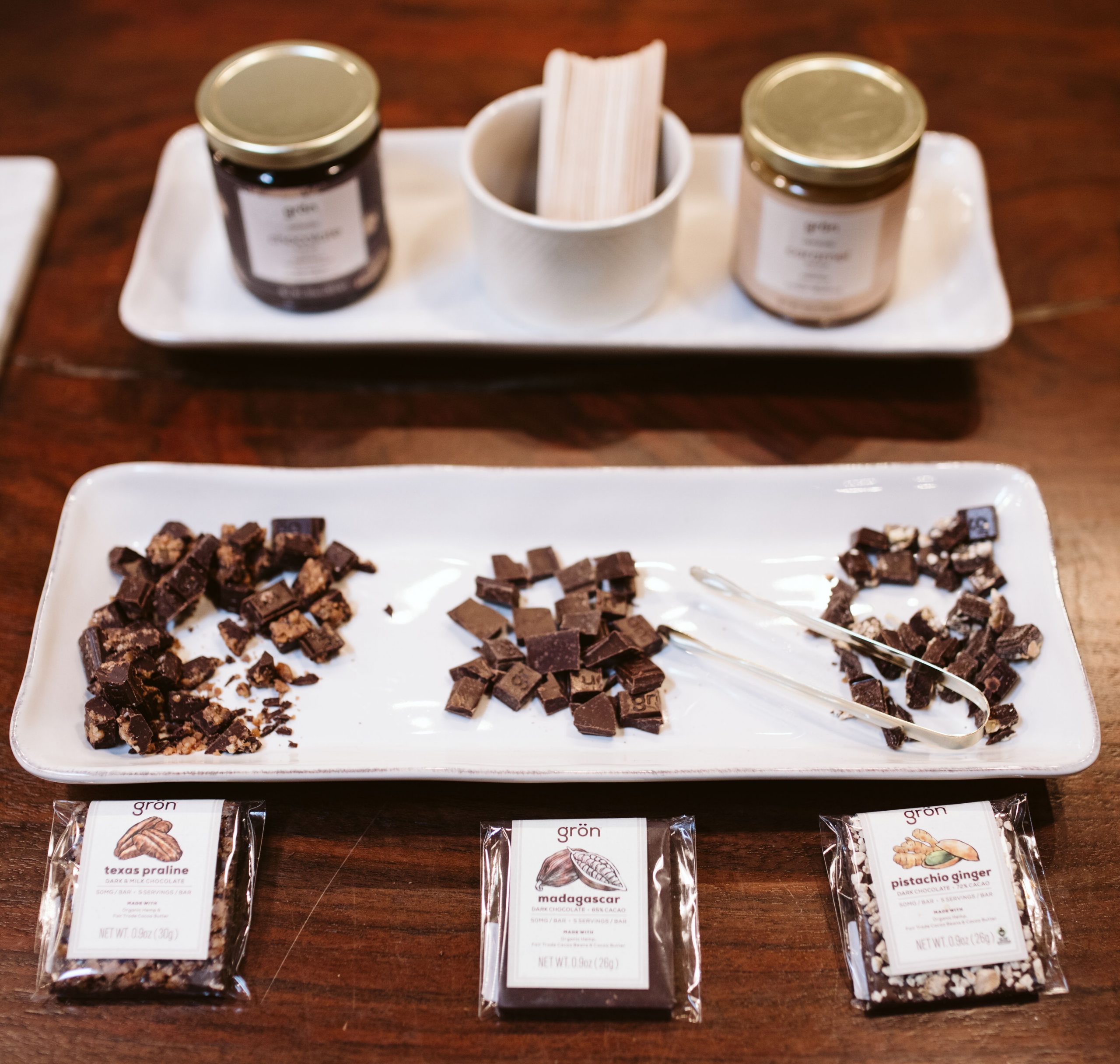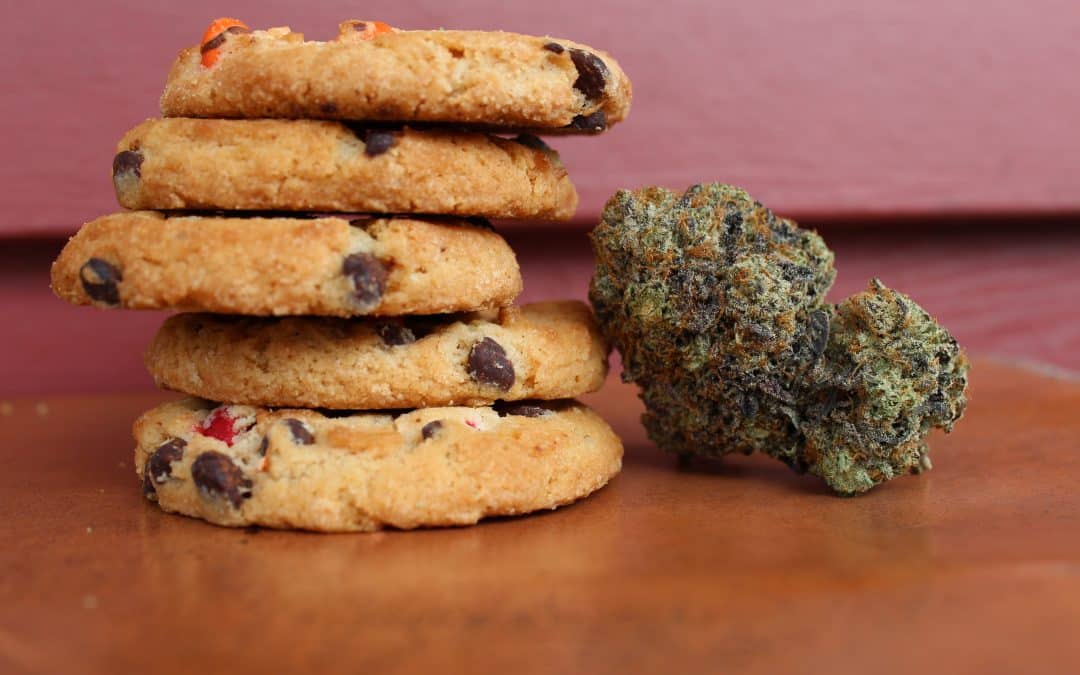Infused edibles are shaping up to be one of the more popular forms of cannabis consumption in 2020. BDS Analytics reports that, in 2019, the gummie market accounted for $147 million in sales alone — that’s just gummies. So while many of us may have cracked a space cake or pot brownie joke, cannabis is now being consumed in a variety of forms that make those societal staples seem like the baked goods of yesteryear.
What are edibles?
Commonly, “edibles” refers to edible foods and drinks infused with the active cannabinoids from cannabis, most commonly THC and CBD. These foods range from handmade chocolate truffles to granola bites, and include both tinctures and sublingual offerings, as well as drinks such as sodas, coffees, teas, and lemonade. Raw cannabis is not very psychoactive, therefore simply grinding up flower to infuse into your favorite dish won’t do much aside from add some flavor. What is different is that commercial edibles are often made using concentrated forms of cannabinoids to allow for more precise dosing and to ensure that each serving is activated and will offer a consistent effect.
Types of Edibles
Edibles typically come in three types: foods, drinks, and tinctures. These products are available in licensed recreational and medical dispensaries, but there are also events (think plated meals in adult-use states) centered around the edible consumption of cannabis that offer both THC and CBD infusions.
Foods: For the most part, these are going to be items with a long shelf life. The edible category is primarily dominated by sweet items like candies, chocolates, and sweeteners that can be added to your food or drink. Savory edibles are available in some markets, but due to a difference in shelf life for items such as bacon or smoked salmon, these items are generally available in small amounts for a limited time. Luckily, there are plenty of cannabis cookbooks that offer guides for how to make your own infused, savory foods.
Drinks: Drinkable options are generally sodas, teas, coffees, and lemonades. There are a few companies that make sweeteners and drink additives that allow you to infuse your own drinks, and there are a handful of cannabis-infused beer companies (nonalcoholic) that are offering a cannabis spin on society’s favorite social drink.
Tinctures: Tinctures are typically ingested sublingually, through the gums and mouth, or swallowed. These are highly concentrated edibles that allow for high doses without having to consume a whole chocolate bar or smoke a joint; rather, a few drops or dropper-fulls and you’re good to go.
Edible Events: Events focused on infusing foods with cannabis are becoming increasingly popular in legal markets. These events are typically infused-to-order and are presented in a similar fashion as a nice meal at a restaurant, with one tiny difference: There’s weed in the food.
SWEET JANE’S EDIBLES GUIDE
New consumer: 1-5mg
If you’ve never experimented with edibles, start with less than 5mg. It’s important to make sure your body can digest cannabis comfortably.
Occasional Consumer: 5-10mg
For the occasional consumer, 5-10mg can be plenty for a single serving.
Frequent Consumer – 10-15mg
Reserved only for those with a high edible tolerance or medical need.


Cautions with Edibles
As exciting as edible cannabis can be, it’s also one of the easiest ways to over-consume. Unlike smoking or vaporizing where you can simply stop using, edibles continue to digest once they’ve been consumed, which means if you ate a whole box of pot gummies in one sitting, you will continue to get higher and higher until your body has digested them.
For this reason, many advise starting low and taking it slow with edibles; you can always eat more later, but you can’t eat less. Check packaging and labels to see what the serving sizes are, and combine with uninfused offerings if you’re someone who is prone to letting the munchies take over. When you’re making your own edibles, be sure to keep track of how much cannabis you’re using, and try your finished product before serving it to others.
Photos by Hallie Sigwing and Margo Amala.

Ben Owens is a cannabis strategist and journalist based in Colorado. He is the founder of CannaVenture®, author of Stoner Survival, columnist for Grass Roots America Magazine, and Senior Staff Writer for Hemp Connoisseur Magazine. He is also an Advisory Board member of Cannabis Doing Good. Owens received his Bachelors and Masters degrees from the University of Missouri – Columbia School of Journalism. He has spent the last eight years covering the emerging cannabis and hemp industries, and advising clients on strategies for navigating new legal markets.

